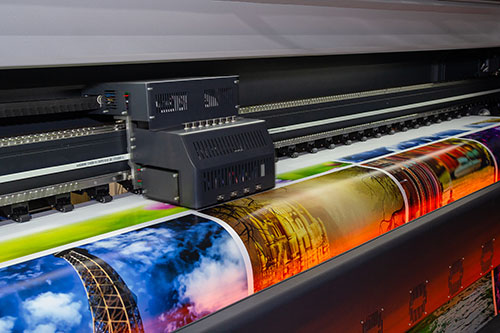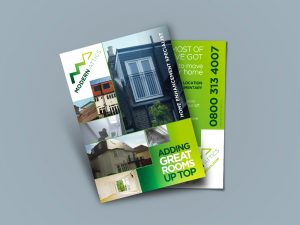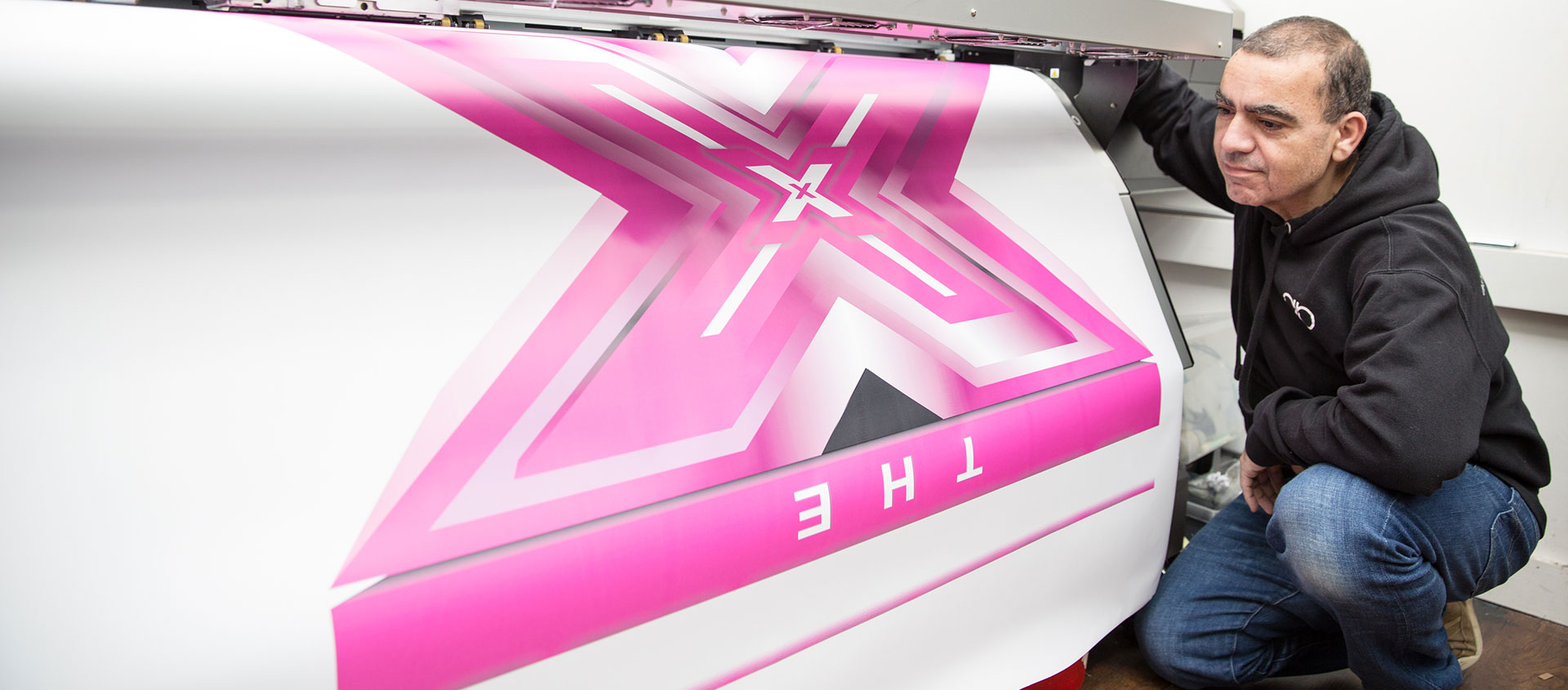
Litho or Digital Printing – Which is Right for You?
If you have a big printing job for your business, one of your biggest decisions is to choose which type of method you are going to use – litho or digital? Islington print company Absolute Print offer both types. Here we look at how litho and digital work, and which could be the best option for you.
How Litho Works
Litho works by transferring the colours from four separate printing plates, which are typically called CMYK plates, onto a rubber blanket and from there onto the paper or print surface.
The four plates are cyan (blue), magenta (red), yellow and black (k). Anything printed in full colour will need all four plates, you will only need one plate if it’s a single colour image, or two if it’s two colours (such as red and black ink). You can also have special or ‘spot’ so special effects like metallic or fluorescent finishes can also be achieved.

How Digital Works
Digital is also a four-colour process which uses electronic files, such as PDF artwork. The dots of colour are produced using toner or ink and you don’t need any plates. You also don’t have to wait as long for the print to dry.
Digital files can be printed directly not only onto paper and photo paper, but also on canvas, fabric, synthetics, cardstock and other media. However, it’s generally accepted that digital printing doesn’t work so well on heavily textured materials.
As with litho, you are not limited to CMYK colours – you can also have other colours or spot inks for special effects.
Which Do You Want?
Litho is better for products requiring long print runs and where high quality output is the top priority. So, if your print order is for brochures, magazines or booklets, go litho. The process also adds a coating which helps to preserve the quality of the colour. If your order has large areas of a single solid colour, then litho will produce much better quality and there won’t be any risk of the colour pixelating or breaking up.
Once the presses are up and running, then litho produces more prints per hour than digital.
However, the process of setting up the plates takes longer with litho, and there is often a degree of waste before the plates are in precisely the correct position (‘in register’). The use of ‘computer to plate’ technology has helped shorten the preparation times, but digital is still quicker to set-up.
So, if you want something printed fast with a short print run, such as business cards or flyers, then digital is the way to go, as you don’t have to wait for plates to be prepared. It’s also a lot easier to personalise a product, for example with your name, address and phone number, as there are very few additional set-up costs.
Although litho is generally believed to produce better-quality print products, advances in technology mean that the gap between the two varieties is closing all the time.
Digital and Litho Printing from Absolute Print
At Absolute Print, a leading print company based in Islington, we offer both digital and litho printing services. Why not give us a call with your requirements and we will be happy to advise you on which one will work best for you.
We also offer a wide range of other print-related services, including lamination, binding, copying and confidential document printing. We have satisfied customers in Archway, Haringey, Highgate and all across North London. If you would like to know more, follow this link and fill in the online form, or call us on 020 7272 2224 or email us at sales@absoluteprint.com.



No Comments